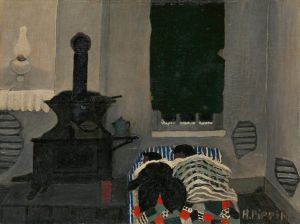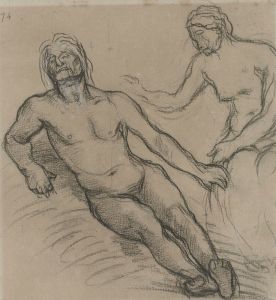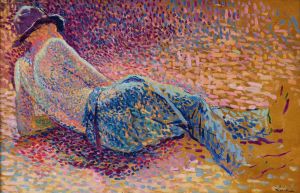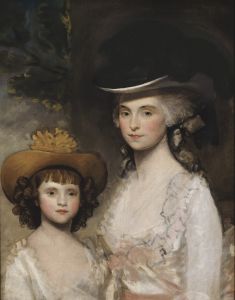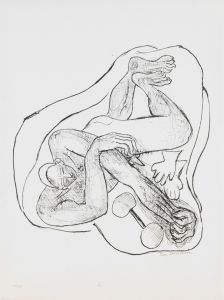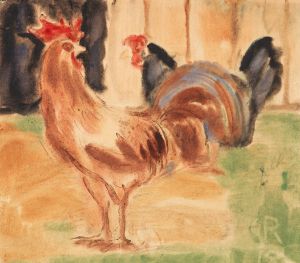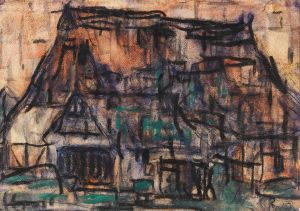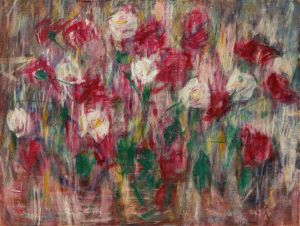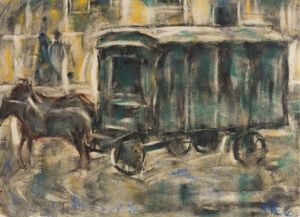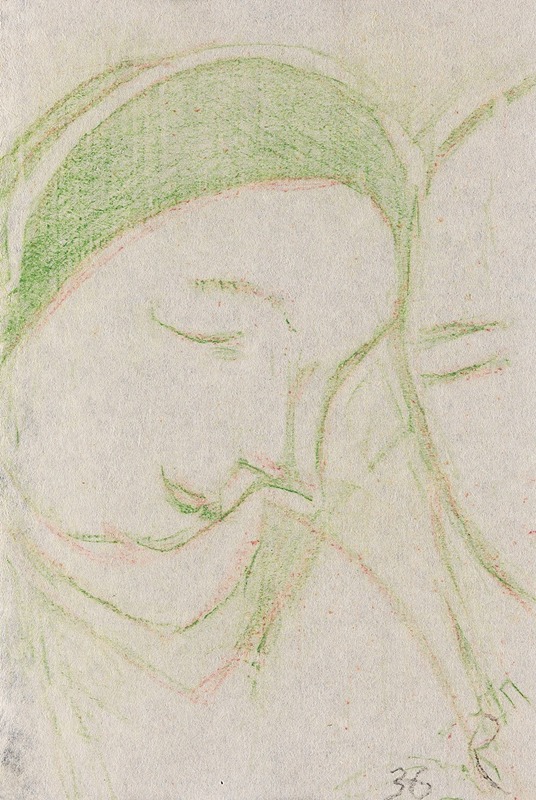
Schlafendes Ehepaar
A hand-painted replica of Christian Rohlfs’s masterpiece Schlafendes Ehepaar, meticulously crafted by professional artists to capture the true essence of the original. Each piece is created with museum-quality canvas and rare mineral pigments, carefully painted by experienced artists with delicate brushstrokes and rich, layered colors to perfectly recreate the texture of the original artwork. Unlike machine-printed reproductions, this hand-painted version brings the painting to life, infused with the artist’s emotions and skill in every stroke. Whether for personal collection or home decoration, it instantly elevates the artistic atmosphere of any space.
Christian Rohlfs was a German painter associated with the Expressionist movement, known for his vivid use of color and dynamic compositions. One of his works, "Schlafendes Ehepaar" (translated to "Sleeping Couple"), exemplifies his mature style, characterized by emotional intensity and a departure from traditional representation.
Rohlfs was born on December 22, 1849, in Niendorf, Germany. He initially studied at the Grand Ducal Saxon Art School in Weimar, where he was influenced by the academic style of the time. However, his artistic journey took a significant turn when he encountered the works of Impressionists and Post-Impressionists, which inspired him to explore more avant-garde approaches.
"Schlafendes Ehepaar" was created during a period when Rohlfs had fully embraced Expressionism. This movement, which emerged in the early 20th century, was marked by its focus on representing emotional experiences rather than physical reality. Expressionist artists often used bold colors, exaggerated forms, and dynamic compositions to convey their inner feelings and perspectives on the world.
In "Schlafendes Ehepaar," Rohlfs employs these techniques to depict a couple in repose. The painting is notable for its use of color and form to evoke a sense of tranquility and intimacy. The figures are rendered with loose, expressive brushstrokes, which blur the boundaries between them and their surroundings. This approach creates a dreamlike quality, inviting viewers to interpret the scene through their own emotional lens.
Rohlfs's use of color in this work is particularly striking. He often favored a palette of rich, vibrant hues, which he applied in layers to achieve depth and intensity. In "Schlafendes Ehepaar," the colors are both harmonious and contrasting, enhancing the emotional impact of the scene. The interplay of light and shadow further adds to the painting's atmospheric quality, suggesting a sense of time suspended.
Throughout his career, Rohlfs remained committed to exploring the expressive potential of color and form. His work was well-received in Germany and beyond, and he became an influential figure in the Expressionist movement. However, his career faced challenges during the rise of the Nazi regime, which condemned modern art as "degenerate." Despite this, Rohlfs continued to paint until his death on January 8, 1938, in Hagen, Germany.
"Schlafendes Ehepaar" is a testament to Rohlfs's ability to convey deep emotional resonance through his art. The painting captures a moment of serene intimacy, inviting viewers to reflect on the universal themes of love and connection. As with many of Rohlfs's works, it demonstrates his mastery of color and form, as well as his commitment to expressing the complexities of human experience.
Today, Christian Rohlfs is remembered as a pioneering figure in German Expressionism. His works, including "Schlafendes Ehepaar," continue to be celebrated for their emotional depth and innovative use of color. They are held in various collections and museums, where they offer insight into the evolution of modern art in the early 20th century.





